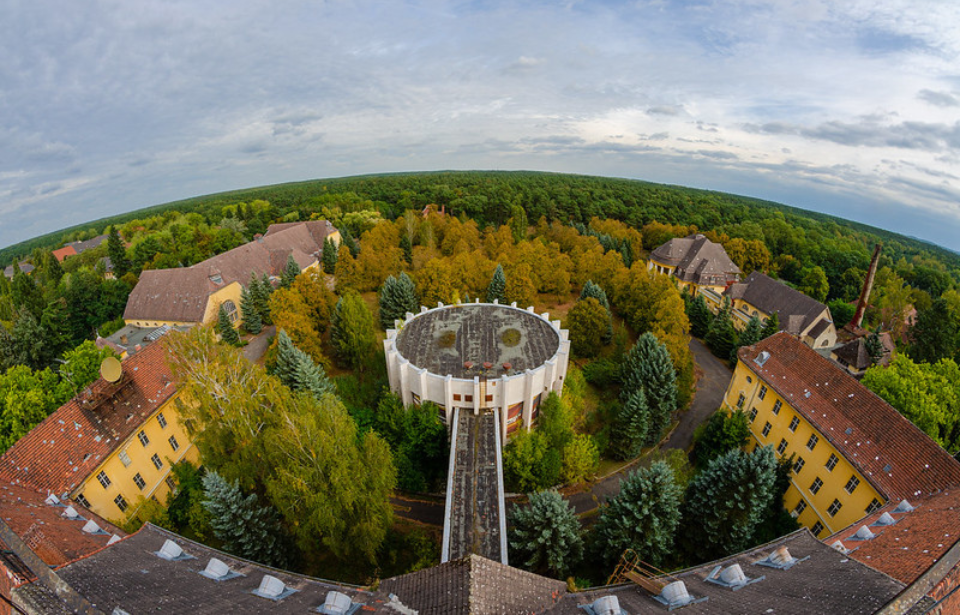The Soviet Union was one of the most notorious communist regimes in history during its existence from 1922 to 1991. Many areas of the state thrived and villages from all over Eurasia became Soviet. After they fell, many of those towns and buildings were abandoned, remaining as a reminder of the past. These are five of the most unique Soviet locations still in existence.
Chişinău State Circus
Located in what is now Moldova, the Chişinău State Circus is a perfect example of Soviet architecture. It was constructed in 1981 to be one of the preeminent entertainment venues for the regime. The large arena could hold 1,900 guests, with space behind the scenes for the animals, veterinarians, and rehearsals. It became so well known that performers traveled from across the world to be featured in their shows.
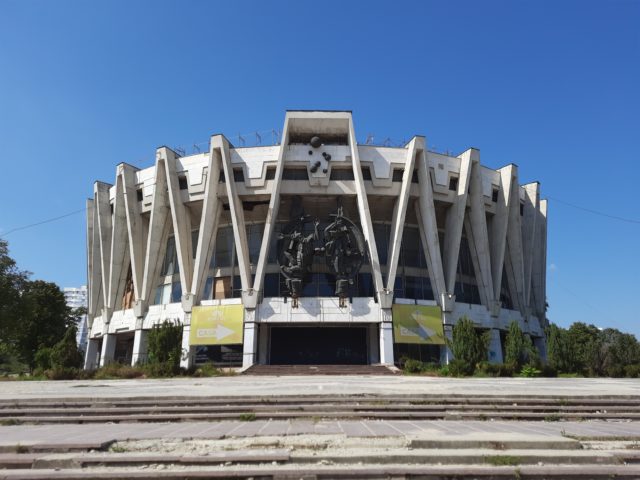
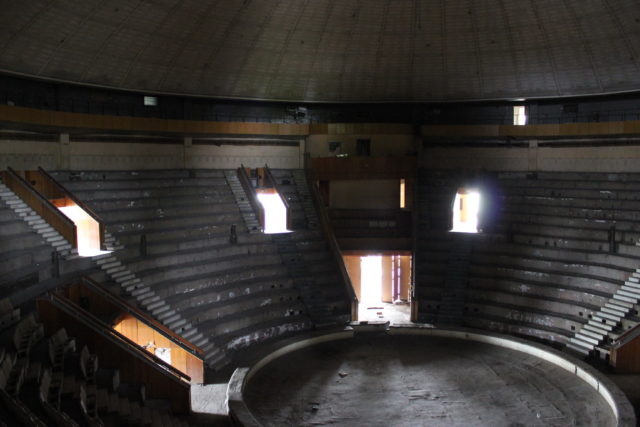
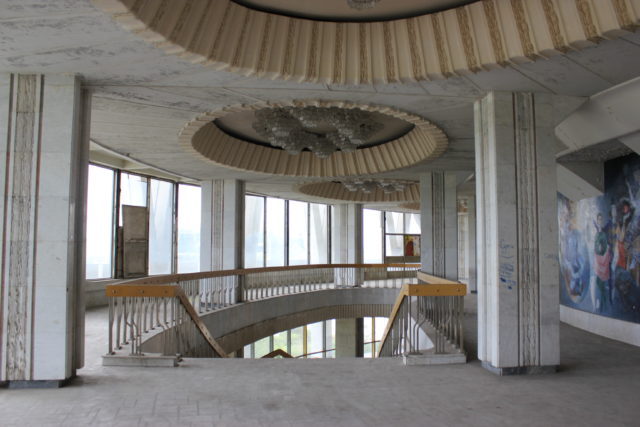
During their best year, an incredible 57 performances were held. Unfortunately, when Moldova gained its independence from the Soviet Union and an economic crisis ensued, the circus was closed and abandoned. However, this was not the end of the Chişinău State Circus. As of 2014, restoration work started on the building and it is now hosting small shows once again.
Wünsdorf
Located well outside the Soviet Union, 25 miles from Berlin, lies the town and military facility of Wünsdorf. When the regime was at its height, the location served as high command for Soviet forces located in Germany. It was also the largest of these camps to lie outside the borders of the Soviet Union. Yet Wünsdorf was so much more than just a military encampment, acting as a town with schools, shops, and even a train to take residents back to their home countries.
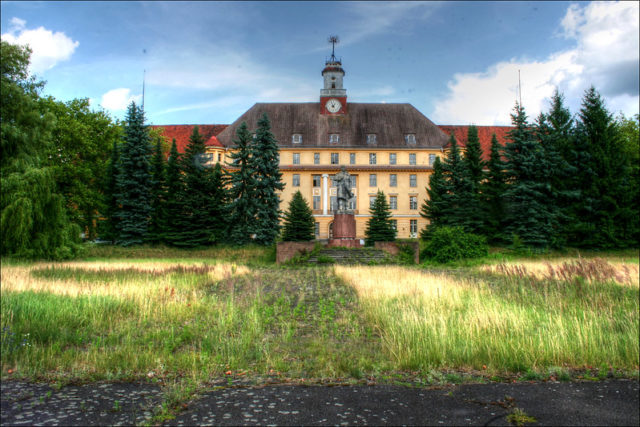
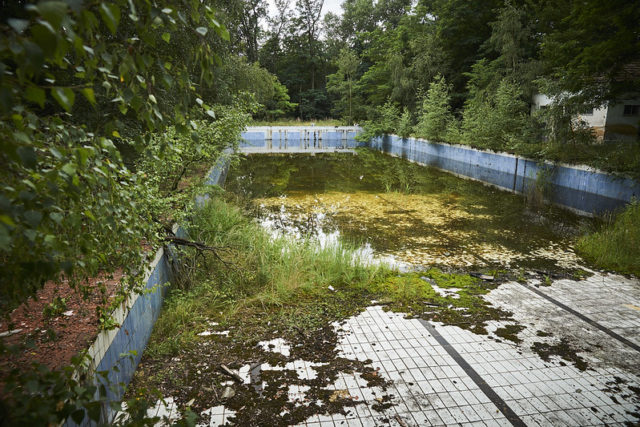
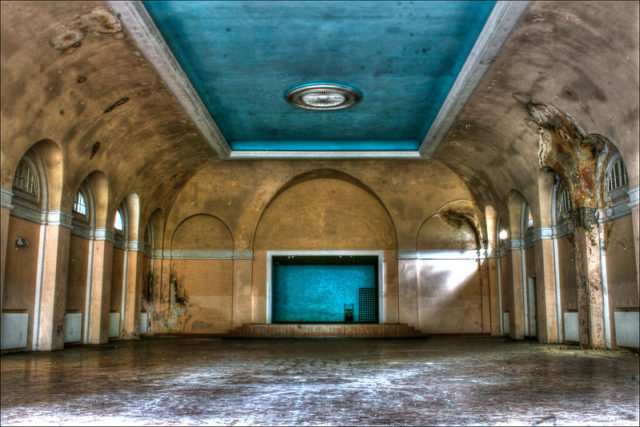
The “Forbidden City,” as it became known, truly was home to the families stationed there, making it much harder when they were forced to leave. Between the fall of the Berlin Wall and the dissolution of the Soviet Union, they were ordered to return home. They abandoned their shops, houses, and lives in Wünsdorf, passing ownership back to the government which let it fall into ruin. You wouldn’t know by looking at it now, but the complex was once home to over 40,000 soldiers and their families.
Pyramiden
Also located well outside the scope of the former Soviet Union, the settlement of Pyramiden sits abandoned on the Norwegian archipelago of Svalbard. The coal mining town was founded in 1910 by the Swedish and sold to the Soviets in 1927. It was used well into the 1990s, closing in 1998. Although it was left to the mercy of the elements, the cold climate allowed the buildings to remain extremely well preserved despite the lack of care they’ve received.
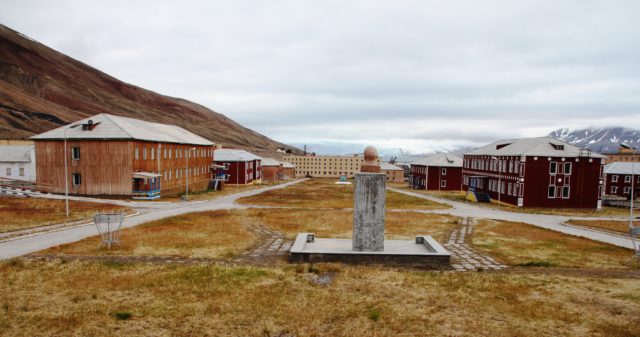
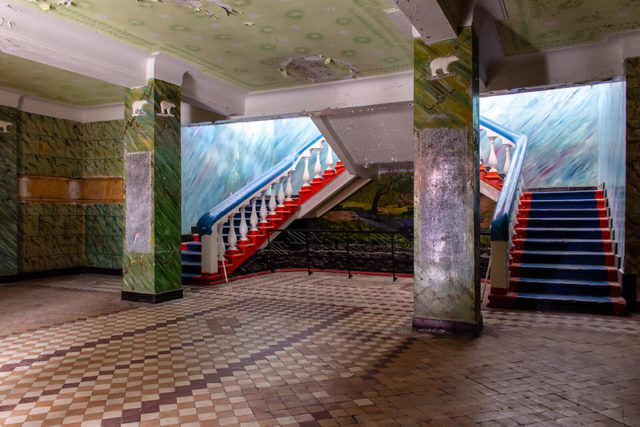
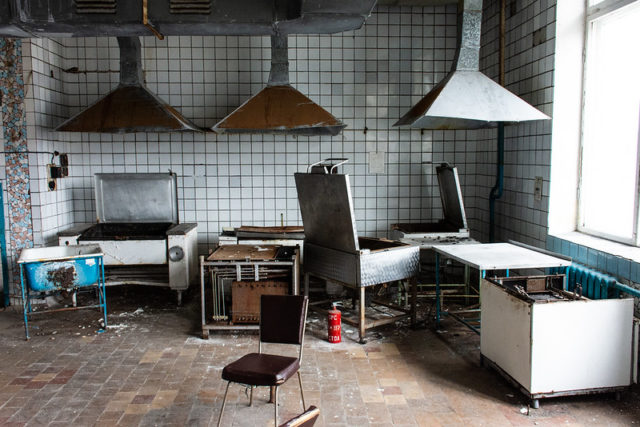
When the town was at its largest, there were over 1,000 residents living there, a mix of families and singles. Despite its small size, Pyramiden boasted an impressive social scene. There was a library, basketball court, weight room, and even a large theater. Like most Soviet towns outside of the regime’s borders, Pyramiden was eventually abandoned. As of 2007, Norway has tried to turn the town into a tourist attraction, renovating the single hotel and stationing six workers there in the summer months.
Kłomino
The town of Kłomino has an interesting history as the only officially recognized ghost town in Poland. It once served as a training ground and housing development for German soldiers during the Second World War, where it went until the name Westfalenhof. Later in the war it was used as a prison for French officers, and the Polish POWs. It was taken over by the Soviet Red Army who renamed the base Grodek and kept it for their use even after the war ended.
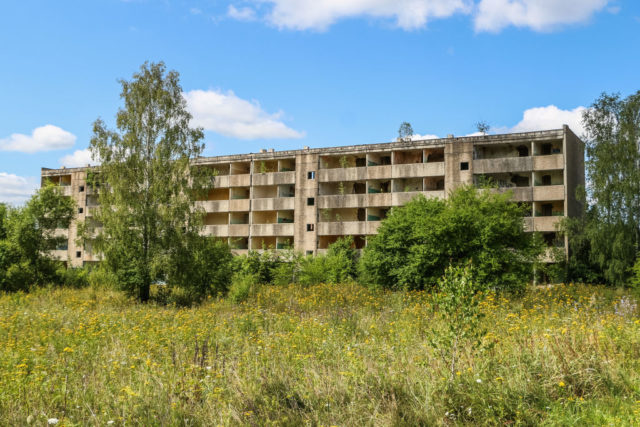
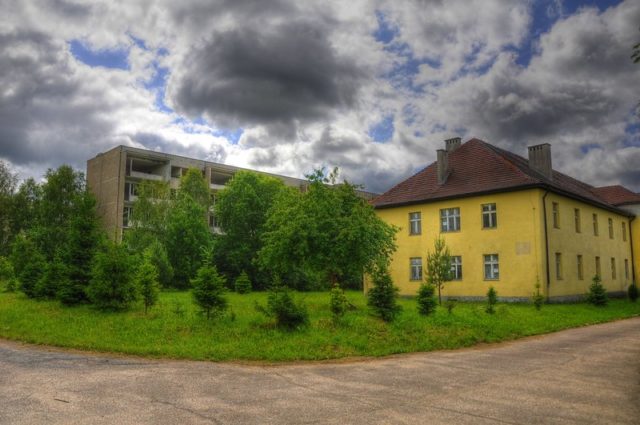
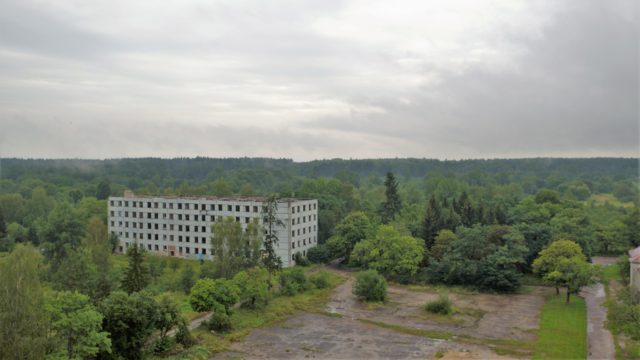
Interestingly, its location was entirely kept off Polish maps and remained a Soviet secret. Roughly 6,000 soldiers lived here until it was abandoned in 1993, when they withdrew their troops from Poland. Although it is technically a ghost town, Kłomino is actually home to 12 people as of 2012, explaining why some of the smaller houses look so well maintained alongside the larger abandoned buildings.
Tskaltubo
Perhaps one of the most interesting of all the abandoned Soviet locations, Tskaltubo was once a gorgeous spa town located in Georgia. It was built to make use of the natural springs that ran through the area, with numerous hotels, sanitariums, and bathhouses filling the area. In fact it was so well known as a travel destination that many Soviet elite would frequently visit. When it was most popular, there would be four trains from Moscow arriving daily with visitors.
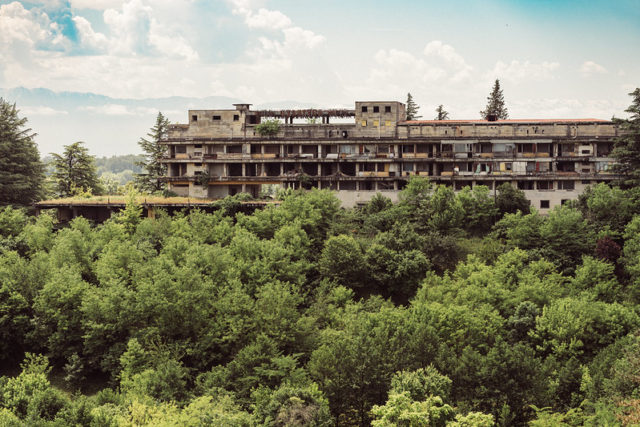
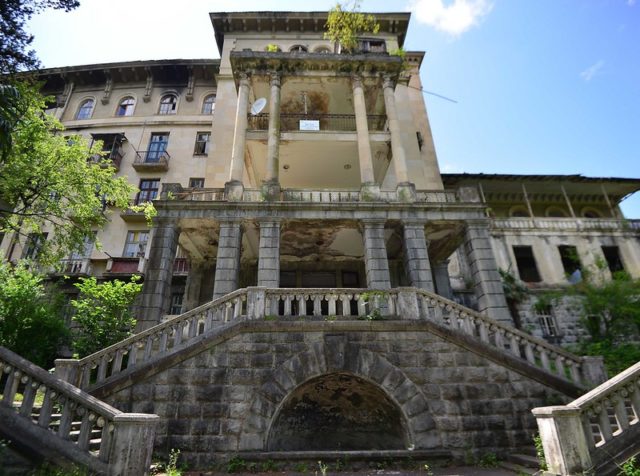
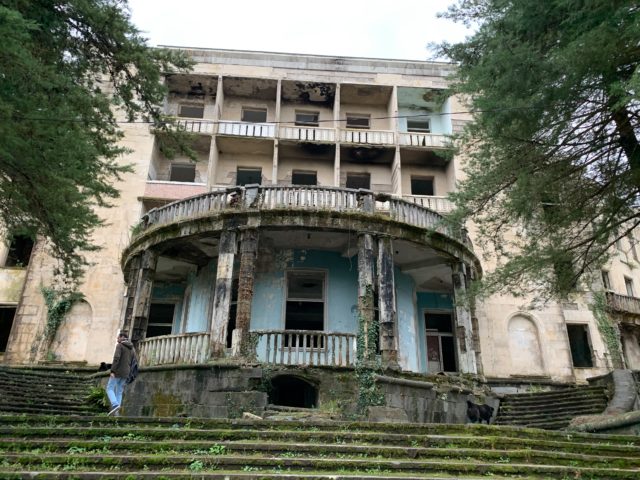
More from us: The Town Abandoned By All But the Freemasons – Nevadaville, Colorado
When the Soviet Union collapsed, the town soon followed suit. It did, however, act as shelter for thousands of people when civil war broke out in the region not long after Tskaltubo was abandoned. In recent years, there has been talk of refurbishing the buildings to once again make it a stunning tourist destination, but at there are no indications this will happen any time soon.
